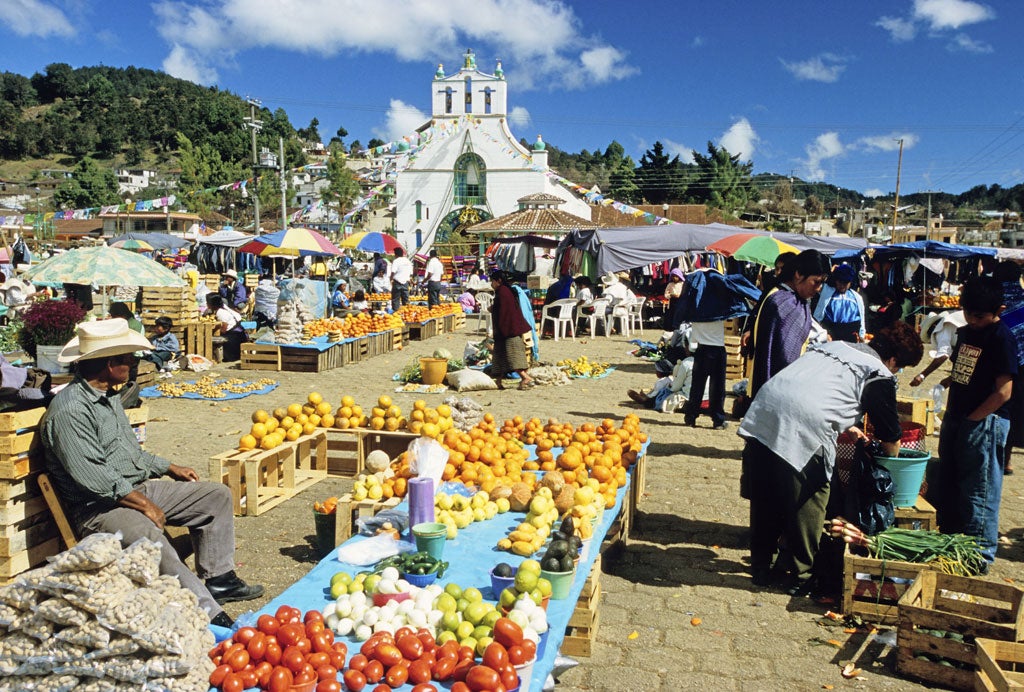1493, By Charles C Mann

In my greedier moments, I often thank Mexican agriculture. As I adore avocados, tomatoes, chillies, maize tortillas, and cocoa-rich chocolate, my sensory experience of life would be much the poorer without all these Mexican foods. To think of diets in the long winters of this dank country before they were known is not pretty. How many turnip-laden gruels did anyone really want to eat? No wonder the Indian spice trade was so profitable, or that the Mexica used cocoa beans as a form of money.
Charles Mann takes a less stomach-led view of the impact of the "Columbian exchange" of crops and wildlife in this sequel to his brilliant bestseller, 1491. Where in that book his focus was on Native American societies before the Spanish conquest, here he examines the ecological and economic consequences of the European arrival. Mann's book soars with majestic ambition across continents (Africa, the Americas, Asia), themes (economy, environment, human migration), and the five intervening centuries. He has an enviable ability to convey immense research with a light touch, and is impressively up-to-date with the latest findings.
As in 1491, Mann has a strong ecological focus. Whereas in that book he forced readers to rethink virtually everything they knew about pre-Columbian ecosystems, here he focuses on the changes brought by the transport of non-native species around the world. His thesis is important and straightforward: not only did these changes alter the planet's ecological shape, but they were also pivotal to the political changes which saw European societies become dominant over China, previously much the most developed world economy.
This argument takes Mann on a journey in which past and present are in constant dialogue. As he notes in his introduction, "globalization has been enriching the world for nigh on five centuries". Travelling to Brazil, China, Laos, the Philippines and Santo Domingo, he shows how present experiences inform our grasp of the global past. Mann is as comfortable in the 16th century as the 21st, and provides insightful commentary about how the world has changed along the way.
He discusses the latest research on the emergence of the Atlantic slave trade, and shows the importance of the silver trade from Mexico to China in bankrupting Spain and changing Chinese agriculture and society. His story is rich with vignettes: so addictive was the new American crop of tobacco that Chinese aristocrats slept with their heads on special blocks so that attendants could do their hair and make-up while they slept, thus shortening the time before the first tobacco hit.
One of Mann's emphases is that the past is not so strange. The world has long been "a cosmopolitan place, driven by ecology", he argues. Mexico City in the 17th-century was as cosmopolitan as today's mega-cities, and just as close to the ecological edge.
Drawing on work by JR McNeill, Mann also suggests that malaria and yellow fever, brought to the New World from the Old, shaped world history. It was these diseases that saw absentee colonialism emerge in parts of the Americas, where regions without the anopheles mosquito saw stronger institutions develop. And it was also these diseases which determined the intensity of plantation slavery: all American colonies had slaves, he writes, but those with falciparum malaria had many more.
Here, however, Mann's argument does his brilliant erudition a disservice. Ecology changed the world after 1492, and historians have generally underestimated its role. But one of the things which changed most was the perception of morality, and the rise of the notion of the individual. About this, Mann is silent. Yet the emergence of mass African slavery in the Americas, and at the same time of a critical attitude to that slavery, marked a new turn in human society, where culture and nature intersected.
Mann is right that places with falciparum malaria were also those with the most slaves in the Americas - but these were also the places where sugar cane, ecological overseer to plantation slavery, grew best. Producing the mass desire for this sweet taste in the metropole was as important as the movement of the mosquito to the emergence of the new moral order. Capital and desire fomented one another, and worked with the new ecologies to produce a new world teetering between violence, ingenuity, technical brilliance, bad faith and ecological crisis - the eternal breeding ground for human life.
Toby Green's 'The Rise of the Transatlantic Slave Trade in Western Africa' (Cambridge) is published in January
Join our commenting forum
Join thought-provoking conversations, follow other Independent readers and see their replies
Comments